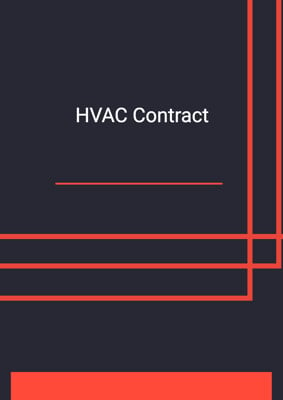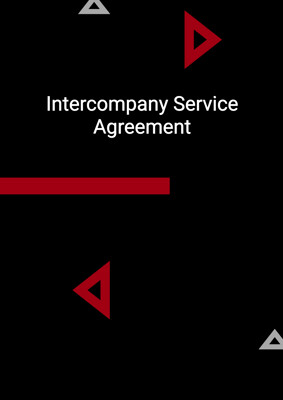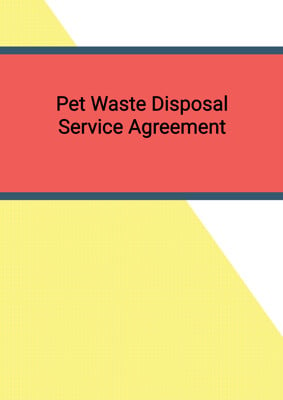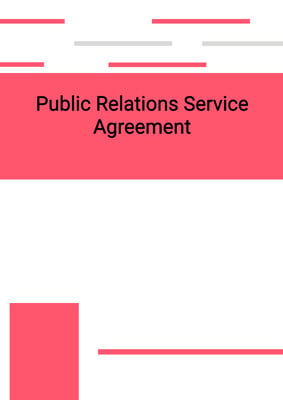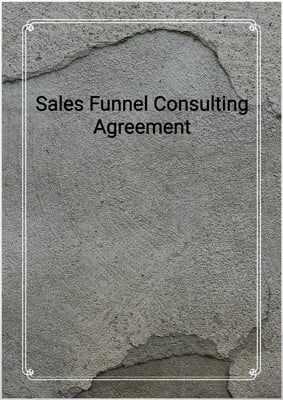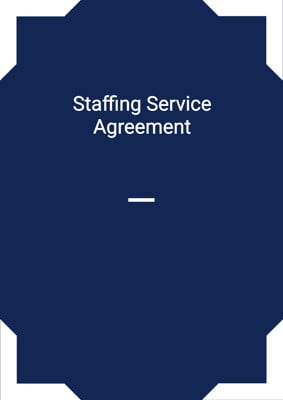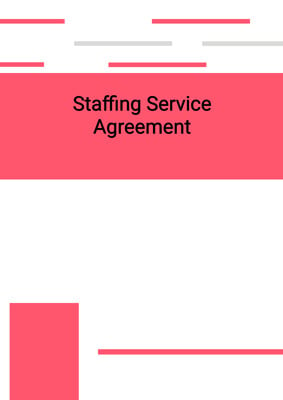How to Tailor the Document for Your Need?
01
Create Document
Fill in the details of the parties. You can click the "Fill with Member’s Information" button to complete it with information saved to your account.
02
Fill Information
Please fill in any additional information by following the step-by-step guide on the left hand side of the preview document and click the "Next" button.
03
Get Document
When you are done, click the "Get Document" button and you can download the document in Word or PDF format.
04
Review Document
Please get all parties to review the document carefully and make any final modifications to ensure that the details are correct before signing the document.
Document Preview
Document Description
The SEO Service Agreement is a document that outlines the terms and conditions between the company providing search engine optimization services and the client who wishes to hire these services. The document begins by highlighting the importance of the agreement, emphasizing the company's expertise in improving the quality of website traffic through SEO. It then provides a detailed introduction to the entire document, explaining that it covers the obligations of both parties, the fees for the services, liability, intellectual property rights, confidentiality, termination, and other important aspects.
The document is divided into several sections, each with its own detailed introduction. The interpretation section defines key terms used throughout the agreement. The company's obligations section outlines the responsibilities of the company, including the requirement to perform the services with care, skill, and diligence, compliance with laws and regulations, and the appointment of a competent person in charge. The client's responsibility section states that the client must provide necessary information, access, and assistance to the company.
The service fees section specifies the payment terms, including the amount, frequency, and late charges for the services. It also clarifies that the fees do not include taxes, which will be invoiced separately. The liability of the company section explains the remedies available to the client in case of breach of obligations by the company and limits the company's liability for indirect or consequential losses. The section also includes disclaimers regarding the company's ability to guarantee specific results and the client's assumption of responsibility for search engine policies and algorithms.
The intellectual property section addresses ownership of intellectual property rights and grants the client a license to use the company's intellectual property for the duration of the service period. The confidentiality section imposes obligations on both parties to protect each other's confidential information. The term and termination section specifies the duration of the agreement and the circumstances under which either party can terminate it.
The document also includes provisions regarding notices and service, the nature of the agreement, force majeure, assignment, and governing law and jurisdiction. It concludes with the signatures of the authorized representatives of both parties.
Each section of the document provides detailed information about the rights, obligations, and responsibilities of the parties, ensuring clarity and transparency in their relationship.
How to use this document?
1. Provide information: Enter the Contractor's and Customer's information in the agreement, including their principal place of business. This ensures that both parties are clearly identified.
2. Specify price and completion date: Clearly specify the agreed price and completion date of the work to be carried out by the Contractor. This will ensure that both parties are aware of the expectations and deadlines.
3. Describe services: Clearly describe the type(s) of services to be provided by the Contractor. This ensures that both parties are aware of the scope of work and can avoid any misunderstandings.
4. Agree on length of warranty and time of payment: Both parties should agree on the length of warranty and time of payment after the completion of the work. This ensures that both parties are aware of the payment terms and the length of the warranty.
5. Specify damages: If the work is not completed by the completion date, specify the amount of damages per week that the Customer is entitled to. This ensures that both parties are aware of the consequences of non-completion.
6. Understand the company's obligations: The company is responsible for carrying out the services with care, skill, and diligence. They must also comply with all applicable laws and regulations, appoint a competent person in charge, and may subcontract the services to qualified subcontractors.
7. Understand the client's responsibility: The client must provide necessary information, access, and assistance to the company. They are also responsible for obtaining and maintaining necessary consents, licenses, and filings.
8. Agree on service fees: The client must pay the agreed service fees to the company within the specified time frame. Late payments may be subject to additional charges.
9. Be aware of limitations of liability: The company's liability is limited for certain types of losses, and they do not guarantee specific results or control search engine policies and algorithms.
10. Understand intellectual property rights: The company retains ownership of their intellectual property rights, but grants the client a license to use them for the duration of the service period.
11. Maintain confidentiality: Both parties must keep each other's confidential information confidential and only use it for the purpose of performing their obligations under the agreement.
12. Termination of the agreement: The agreement can be terminated by either party under certain circumstances, such as non-payment or failure to proceed diligently with the services.
13. Seek legal advice if needed: If there are any questions or concerns about the agreement, it is advisable to seek legal advice to ensure understanding and compliance with the terms and conditions.
14. Keep records and communicate: It is important to keep records of all communications and transactions related to the agreement. Regular communication between the parties can help address any issues or concerns that may arise during the term of the agreement.
Not the right document?
Don’t worry, we have thousands of documents for you to choose from:














































